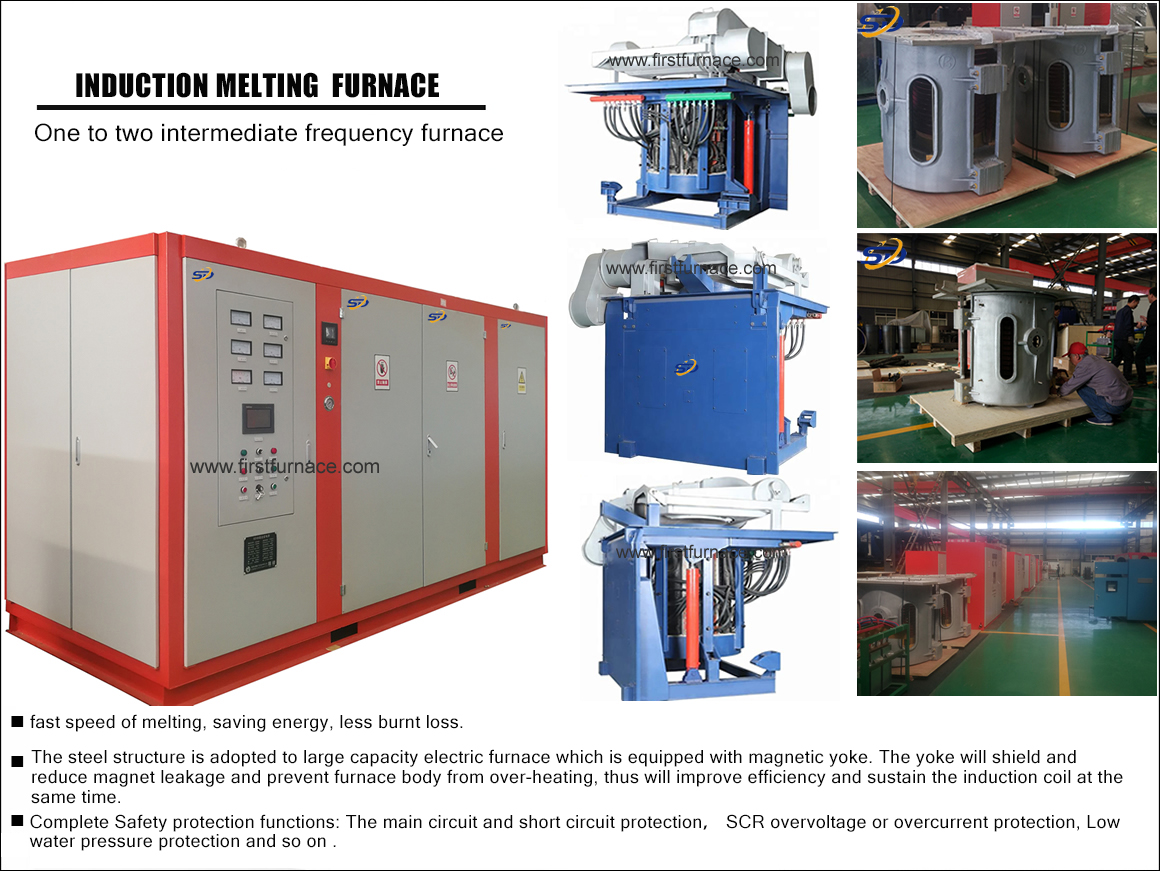Sales hot line ( 24 hours service): 18037961302
E-Mail: firstfurnace@gmail.com
whatsapp:+8618037961302
Adress: Luoxin Industrial Park, Luoyang, HenanLarge diameter steel pipe quen
Piston rod quenching and tempe
Grinding rod quenching and tem
High frequency induction heate
Quenching equipment for machin
Round steel end heating furnac
Steel pipe heat treatment prod
Square steel quenching and tem
Sucker rod quenching and tempe
Thickened petroleum steel pipe
Round steel quenching and temp
Steel pipe quenching and tempe
Steel plate quenching and temp
Induction Hardening Machine&nb
Flywheel ring gear high freque
Application of Intermediate Frequency Induction Heating Technology in Steel Pipe Quenching and Tempering Production Line Process
1. Process flow of steel pipe quenching and tempering production line
It is the same as the general traditional gas heating walking furnace, but the working principle and processing engineering are completely different. In the gas-fired walking furnace, the steel pipe is heated as a whole; while in the induction heating furnace, the steel pipe is continuously heated step by step; the quenching process and the tempering process are also carried out in the same way. Therefore, when the steel pipe is heated, quenched, and tempered, it basically moves longitudinally and spirally, and the rest is moved laterally. The specific processing process is as follows: According to the quenching and tempering requirements of the API 5 CT standard for oil well pipes, the oil well pipe blanks are hoisted from the overhead crane to the loading platform, and after manual appearance inspection, they are neatly arranged and distributed. When each job position of the production line enters the normal working state, the sensor is energized to wait for the material, the frequency conversion feeder starts to rotate, and the stepper feeder is manually operated to smoothly lift the first oil well pipe from the outlet end of the feeding platform. It is sent to the roller table of the alignment device, and the frequency conversion feeder feeds forward at a set speed. The frequency conversion feeder is a single-roller drive with adjustable speed and height. The roller type is a specially designed roller feeder with an inclined 15° arrangement. Horizontal feeding correction centering and workpiece self-rotation function. The feeding roller between the induction heating coils and the feeding roller at the inlet and outlet are made of heat-resistant steel, and equipped with a rotary sealed internal water cooling device to cool the feeding roller and make the outer surface of the feeding roller Drying facilitates continuous heating of the tubing, and the rest of the feed roller is made of wear-resistant steel. The oil pipe enters the intermediate frequency quenching heating zone through the roller table. The heating zone is composed of a set of 3000kW intermediate frequency power supply and a set of 1200kW intermediate frequency power supply with multiple sets of heating induction coils to form a quenching induction heating zone to ensure the uniform temperature of the workpiece. The heating temperature is 850℃~1000℃. Install an imported two-color colorimetric infrared thermometer at the exit of the heating coil to monitor the heating temperature of the tubing, and feedback the signal to the control system of the intermediate frequency power supply to automatically adjust the output power of the intermediate frequency power supply to form a closed-loop control system to adjust The heating temperature of the steel pipe is controlled within the allowable error range.
The heated steel pipe enters the spray quenching zone. Since the workpiece is made of carbon-manganese steel with a carbon content of about 0.3% or medium and low alloyed chromium-molybdenum steel and chromium-manganese-molybdenum steel, pure water is suitable for quenching medium. We use a ring-shaped cooling device to continuously spray high-pressure water on the surface of the heated steel pipe, and spray it strongly for about 5-15 seconds to achieve the transformation of the quenched martensite. For this reason, we have selected two sets of high-flow and high-pressure water pumps (the pressure is 125 meters per minute and the water circulation is 1000m3/h), and the total power is above 500kW, so as to achieve the effect of rapid and uniform cooling required for complete quenching of the pipe wall. Ensure that the steam film generated on the surface of the steel pipe is destroyed, so that the steel pipe can quickly reach the martensite transformation temperature, and all of it will be transformed into quenched martensite, and no quenched troostite will be produced, thereby ensuring tempered sorbite. Since the oxide scale and dust on the surface of the steel pipe will fall off in the spray and enter the quenching medium, the quenching medium must be processed by the coarse filtration of the sedimentation tank, magnetic suction filtration, mesh filtration and other multi-stage treatments to make the turbid water clean and not clogged. The nozzle can be recycled.
The spray area is equipped with isolation baffles to prevent water splashing, which is beneficial to water recycling and reduce the loss of turbid water. A protective cover is also set to prevent the spray of steam to ensure the dryness of the workshop.
The spray-quenched steel pipe is transported from the roller table to the water removal section in the pipe, and the pipe is lifted on the inclined table by a pneumatic turning machine. After draining for more than 5 minutes, it is lifted by the pneumatic turning machine to the tempering line roller table. Under the drive of the roller table, it enters the intermediate frequency tempering induction heating zone, and the tempering heating temperature range is generally 600°C to 750°C. The medium frequency induction heating power supply is a tempering induction heating zone composed of a set of 1900kW and a set of 900kW consisting of multiple groups of induction coils. An imported two-color colorimetric infrared thermometer is installed at the exit of the last induction coil to monitor the temperature of the oil pipe, and is responsible for feeding back the signal to the intermediate frequency power supply and automatically adjusting the output power of the intermediate frequency power supply to form a closed-loop control system. The tempered steel pipe passes through the high-pressure water descaling device on the roller table. The steel pipe achieves the descaling effect under the scouring of the high-pressure jet water. The steel pipe after the descaling passes through the sensor in the tempering zone and is turned over by pneumatic drive step by step. The feeder lifts the steel pipe steadily, puts it on the cooling bed and slowly rotates and rolls, gradually cooling. Then the steel pipes are collected into baskets at the exit of the cooling bed, and then manually strapped, packed and hoisted to the next section.
2. The basic composition of the steel pipe quenching and tempering production line
2.1. Feeding part: It consists of the following equipment: Feeding platform ---- Turning mechanism --- Longitudinal rotating feeding roller table ---- Inclined roller table
2.2. Quenching heating part: divided into two zones, heating zone and heat preservation zone; among them: heating zone has 12 induction coils, design power 2500kW, design frequency 300HZ, and heat preservation zone has 8 induction coils, design power 2500kW, design frequency 1000HZ .
2.3. Quenching device: Two closed spray quenching devices, equipped with hundreds of nozzles, and forming different angles, spray high-pressure water to the steel pipe, and ensure that quenching is performed on each section of the steel pipe during the traveling process. The water volume is the same, the cooling rate is the same, and the thermal deformation is uniform. For induction heating quenching, the biggest difference from gas heating quenching lies in the different quenching methods.

Iron induction furnace
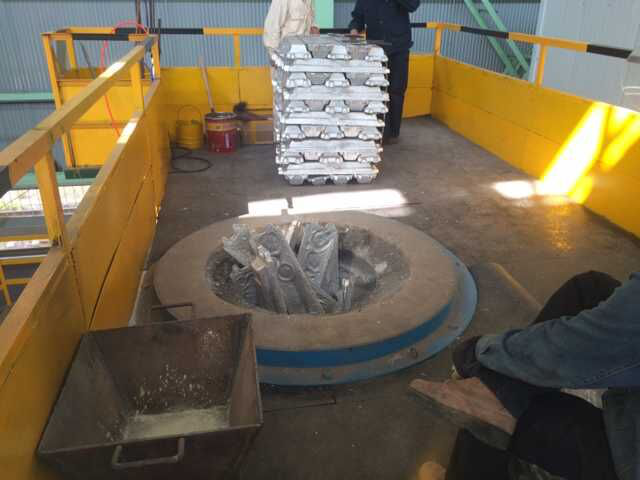
Aluminum melting furnace

Copper melting furnace
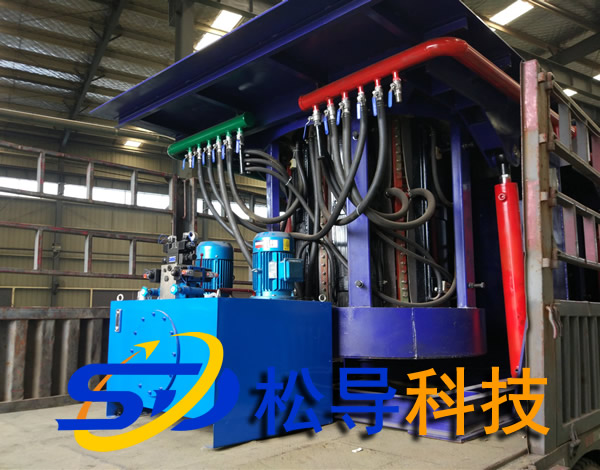
Small steel melting furnace
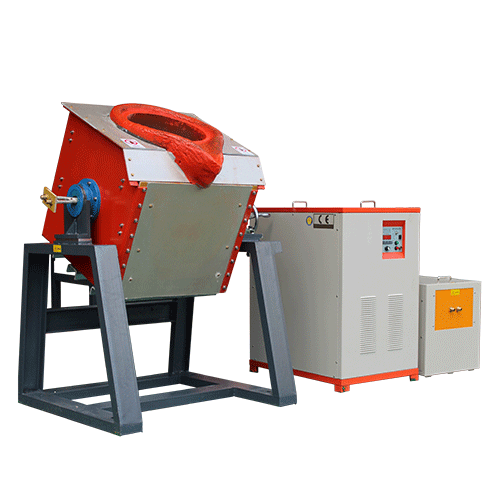
Small induction melting furnace
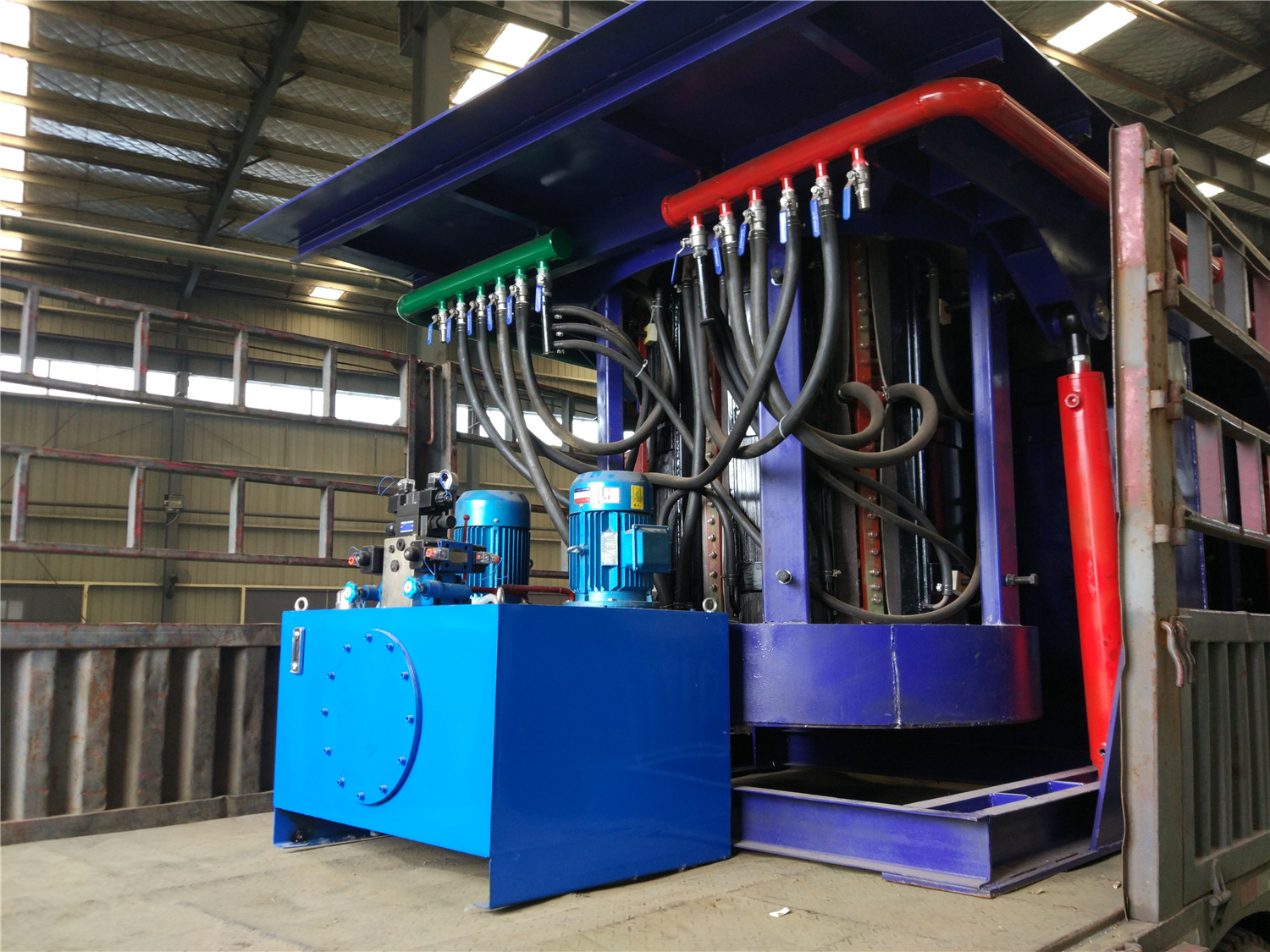
Induction iron furnace
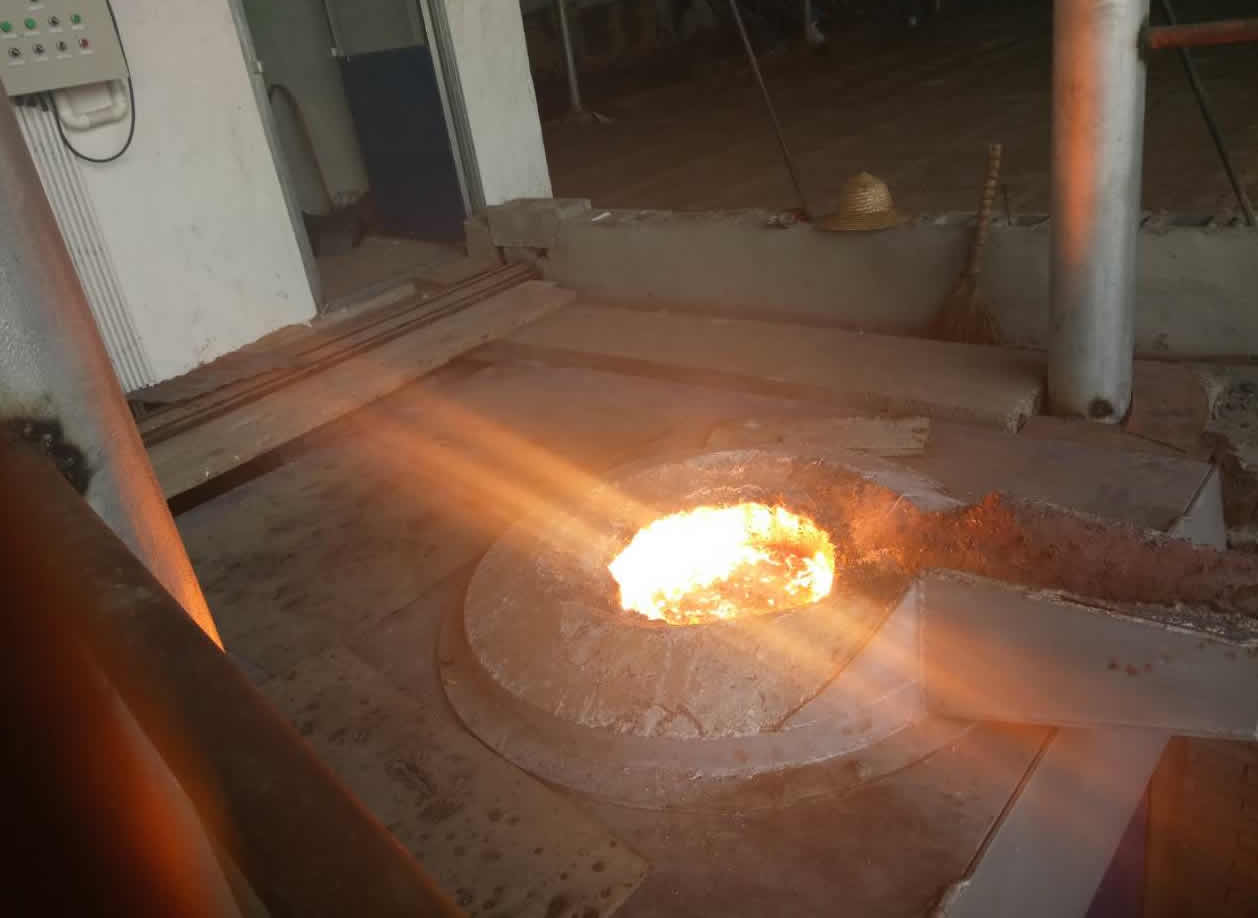
3T intermediate frequency iron melting f
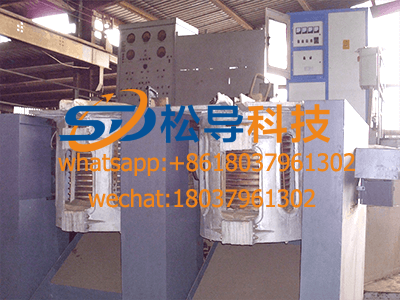
0.25T Intermediate Frequency Furnace
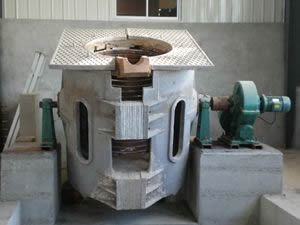
0.5T Intermediate Frequency Furnace
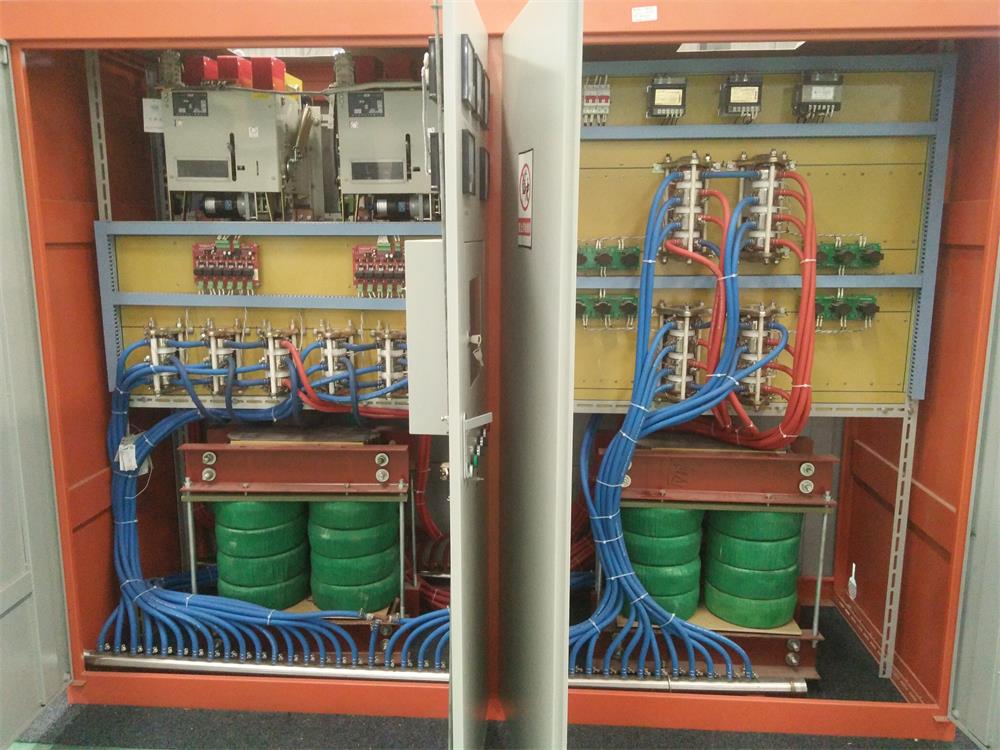
Medium Frequency Furnace

2T Induction Melting Furnace
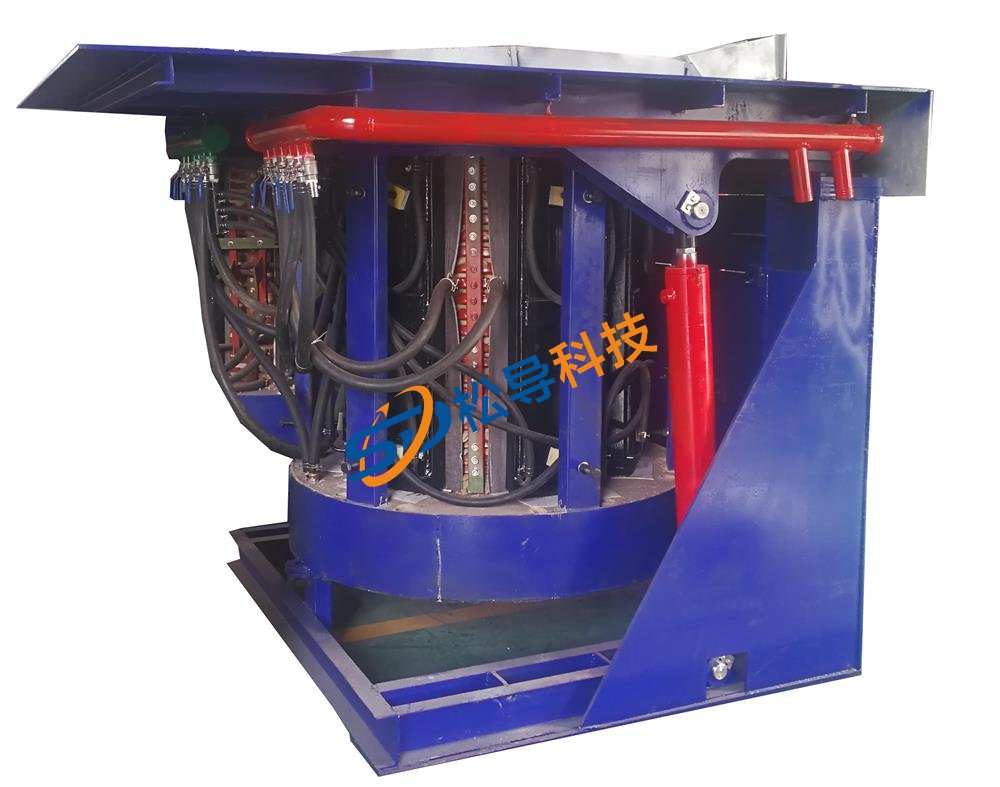
1T Induction Melting Furnace
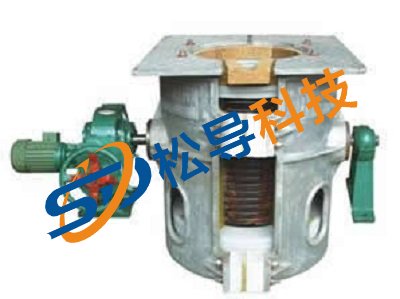
500kg Induction Melting Furnace
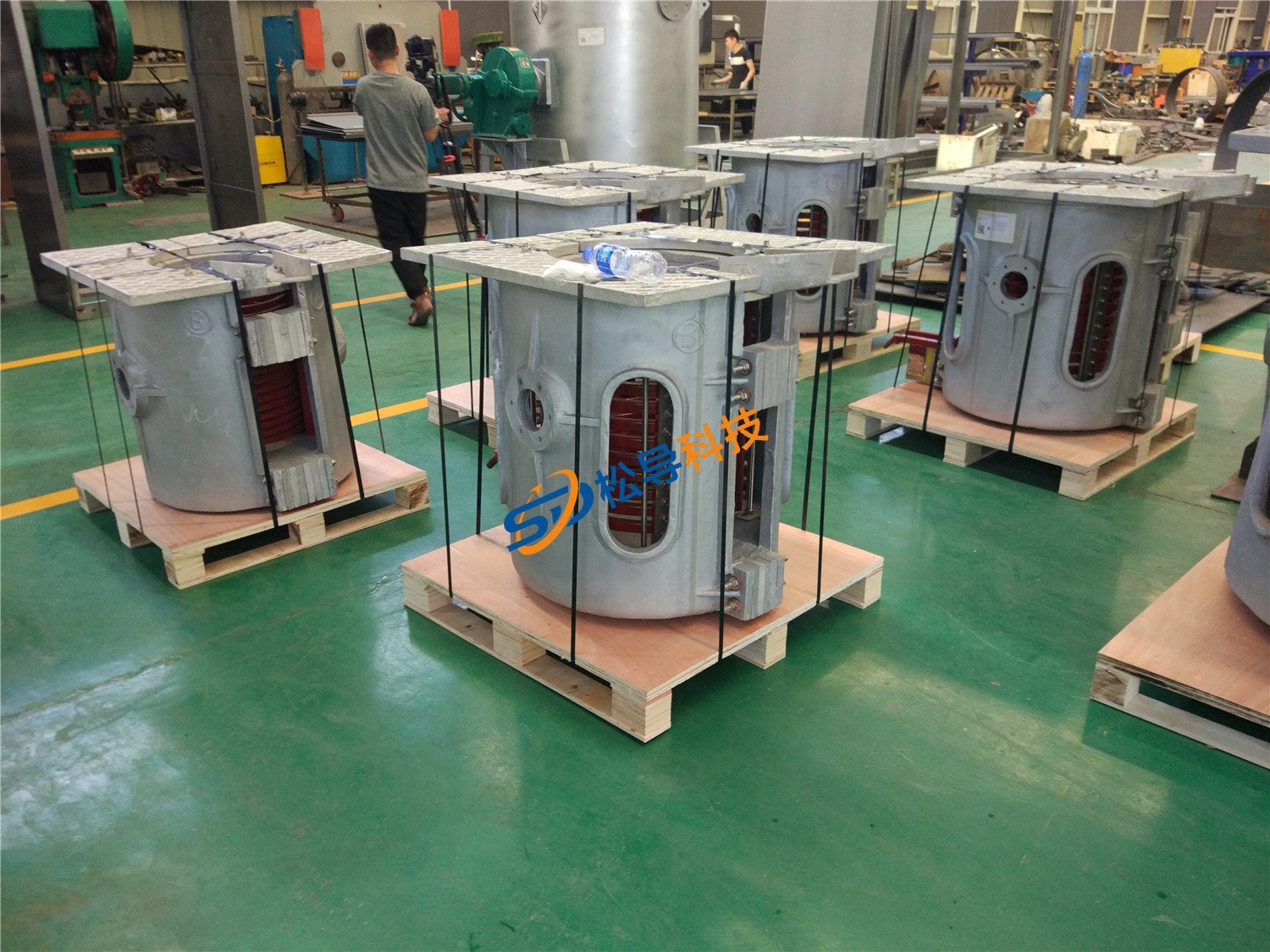
250kg Induction Melting Furnace
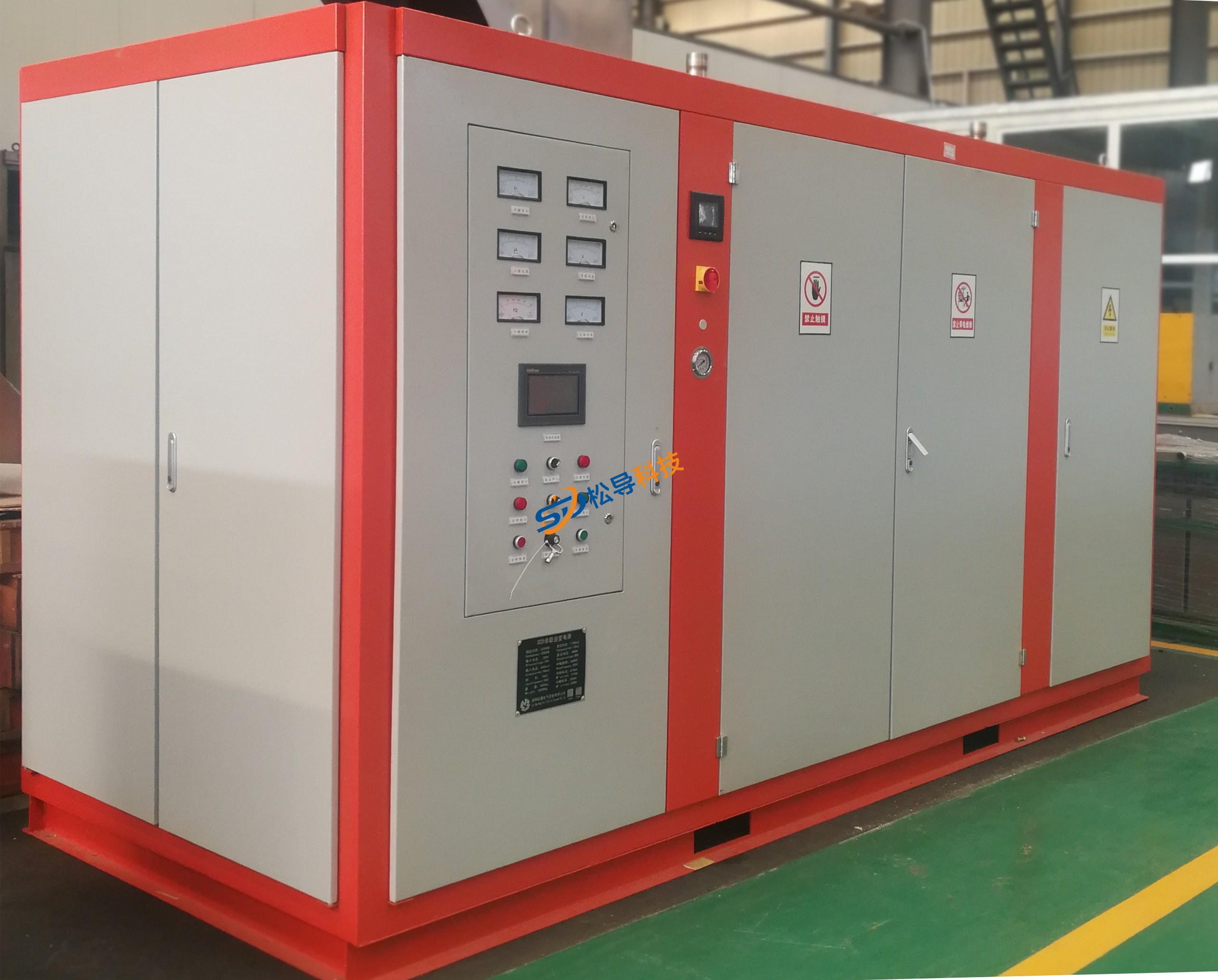
Induction Melting Furnace
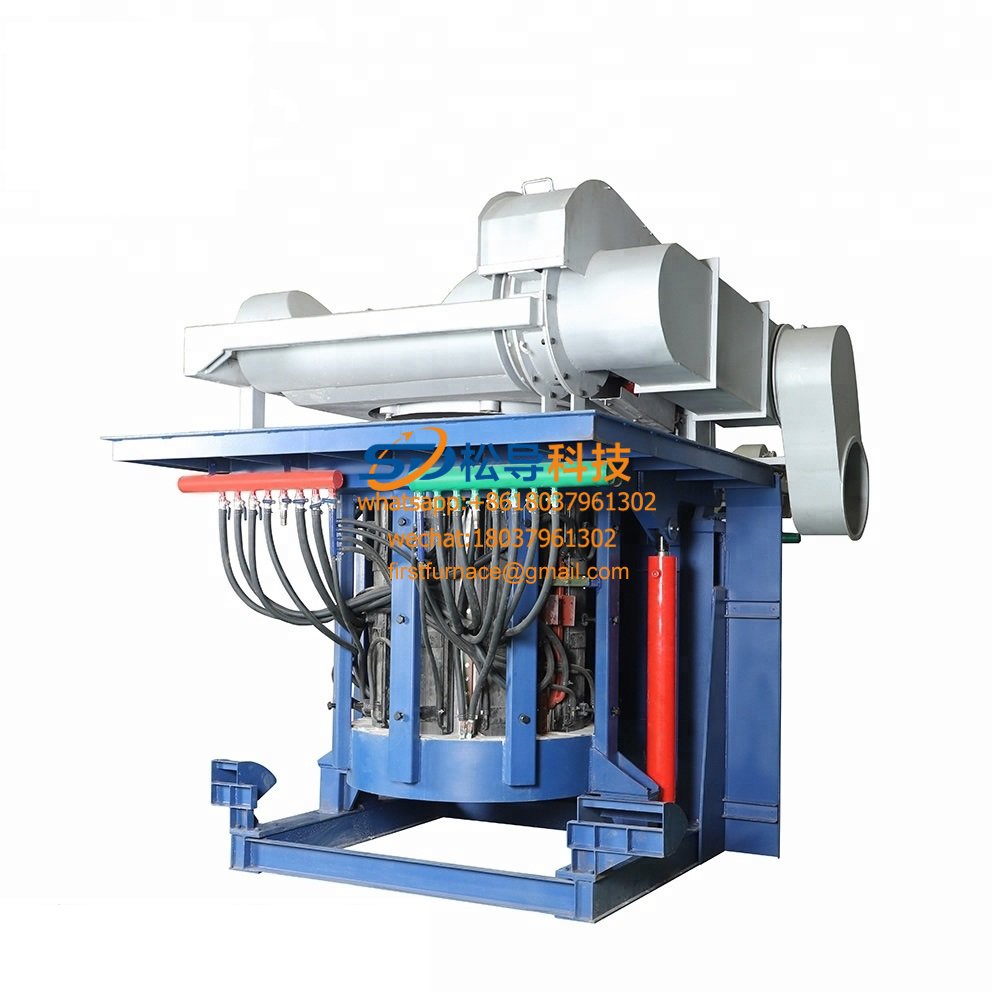
3 T Induction Melting Furnace
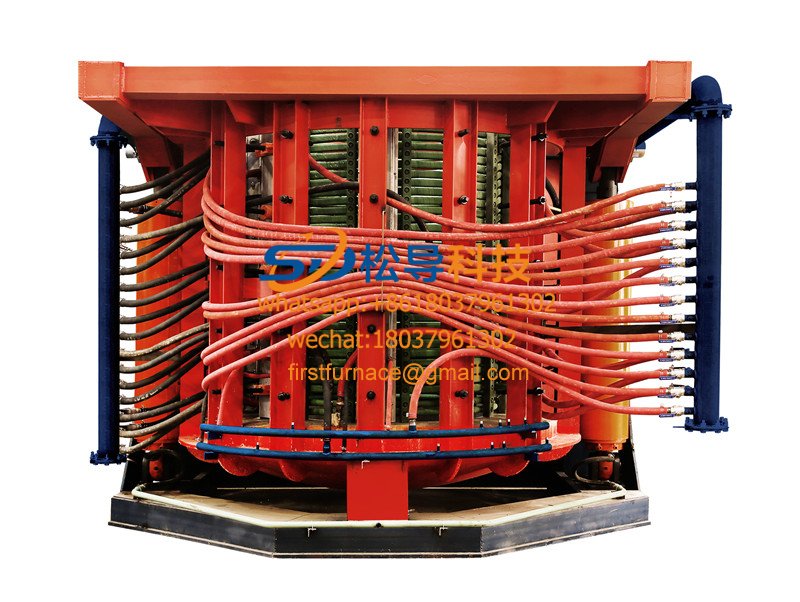
5T Induction Melting Furnace
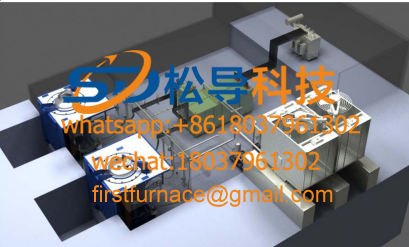
1T One Belt Two Intermediate Frequency F

5T One Belt Two Intermediate Frequency F
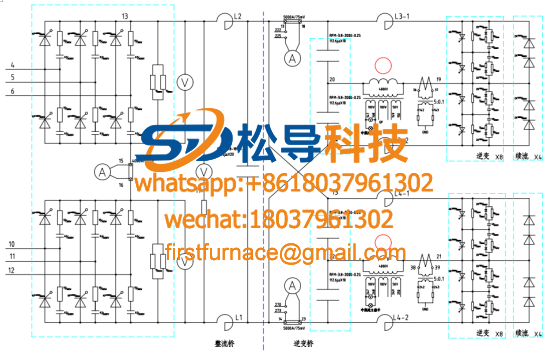
3T One Belt Two Intermediate Frequency F
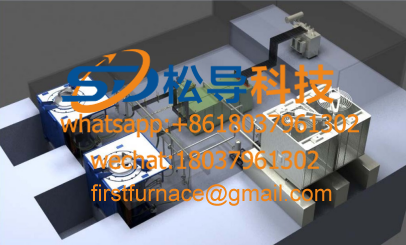
2T One Belt Two Intermediate Frequency F
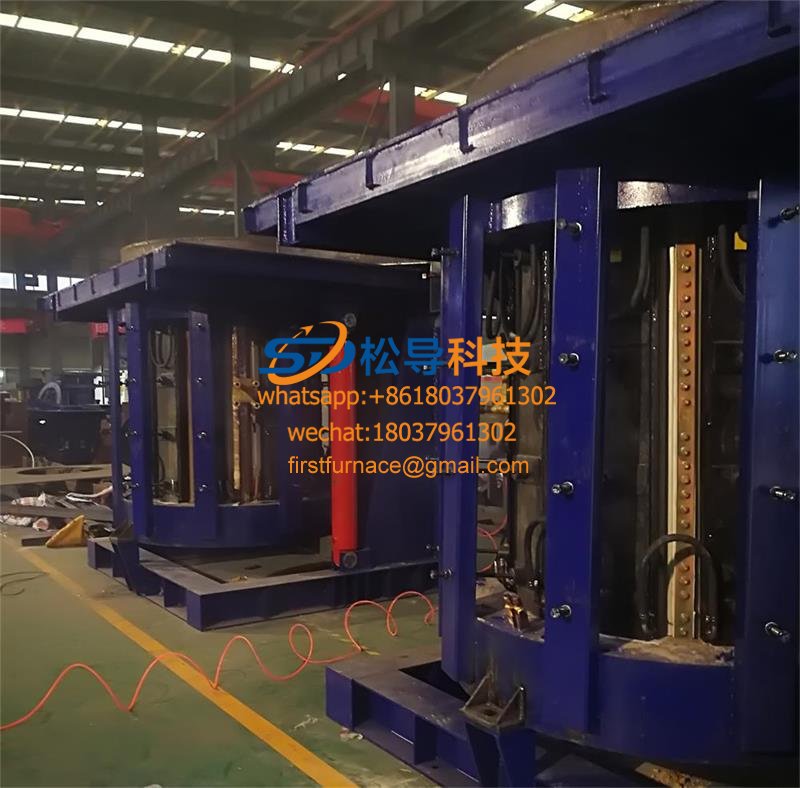
5T Parallel Intermediate Frequency Furna
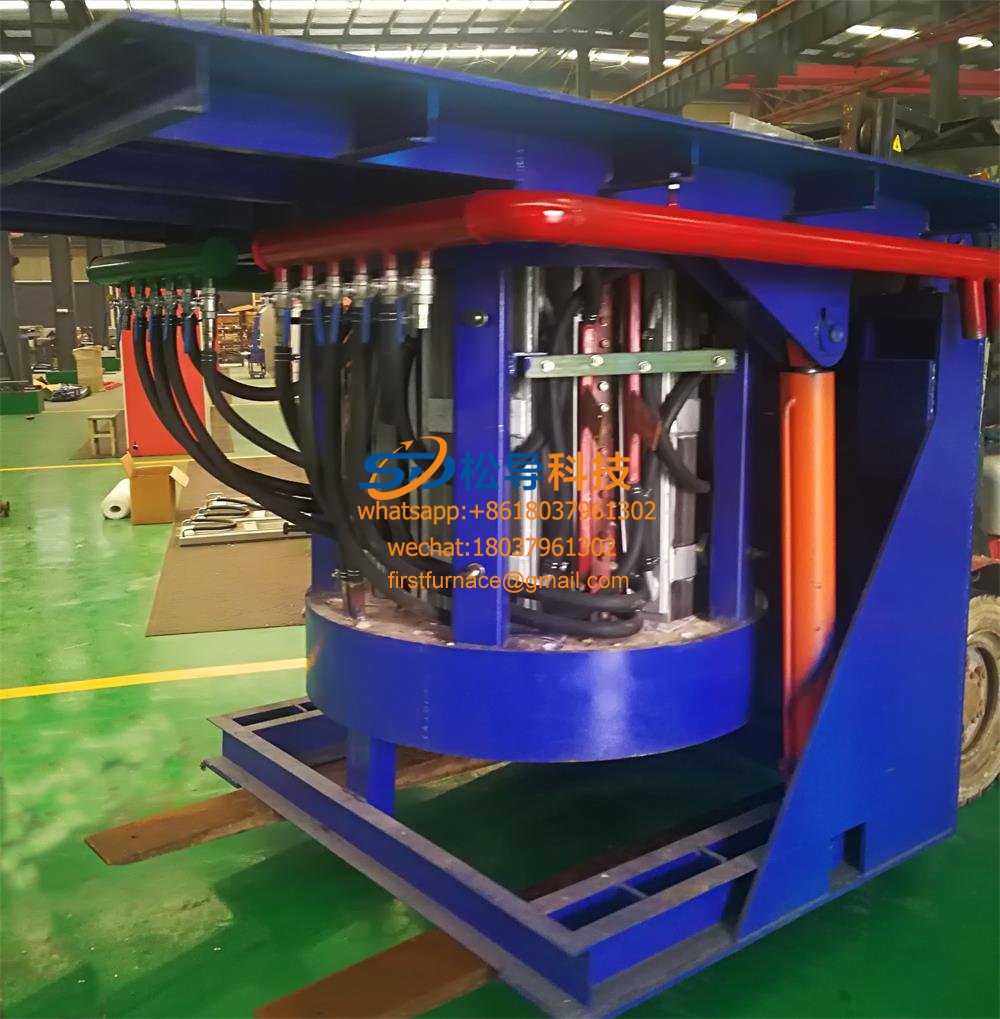
5T Intermediate Frequency Furnace

5T Series Intermediate Frequency Furnace
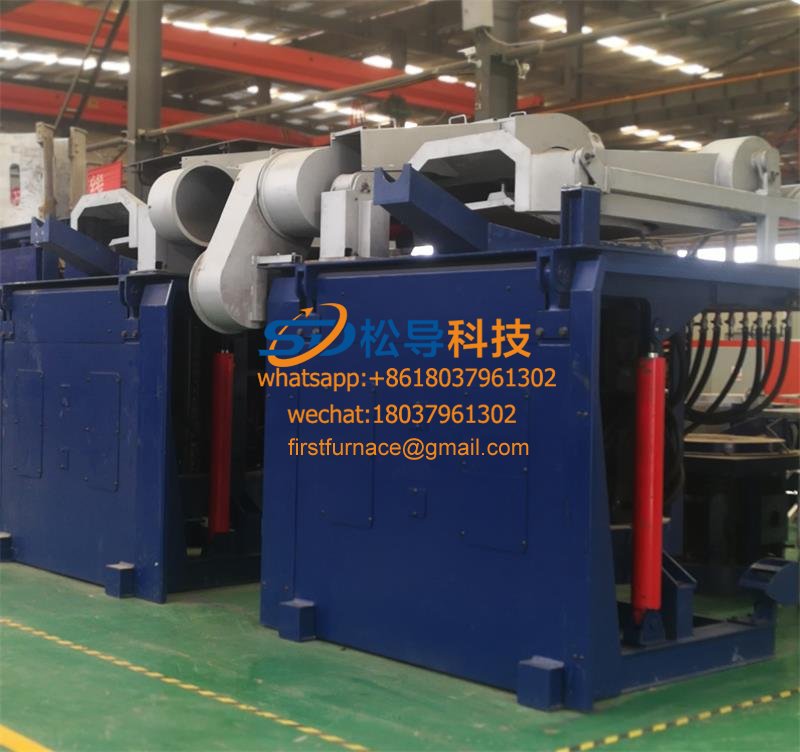
3T Series Intermediate Frequency Furnace
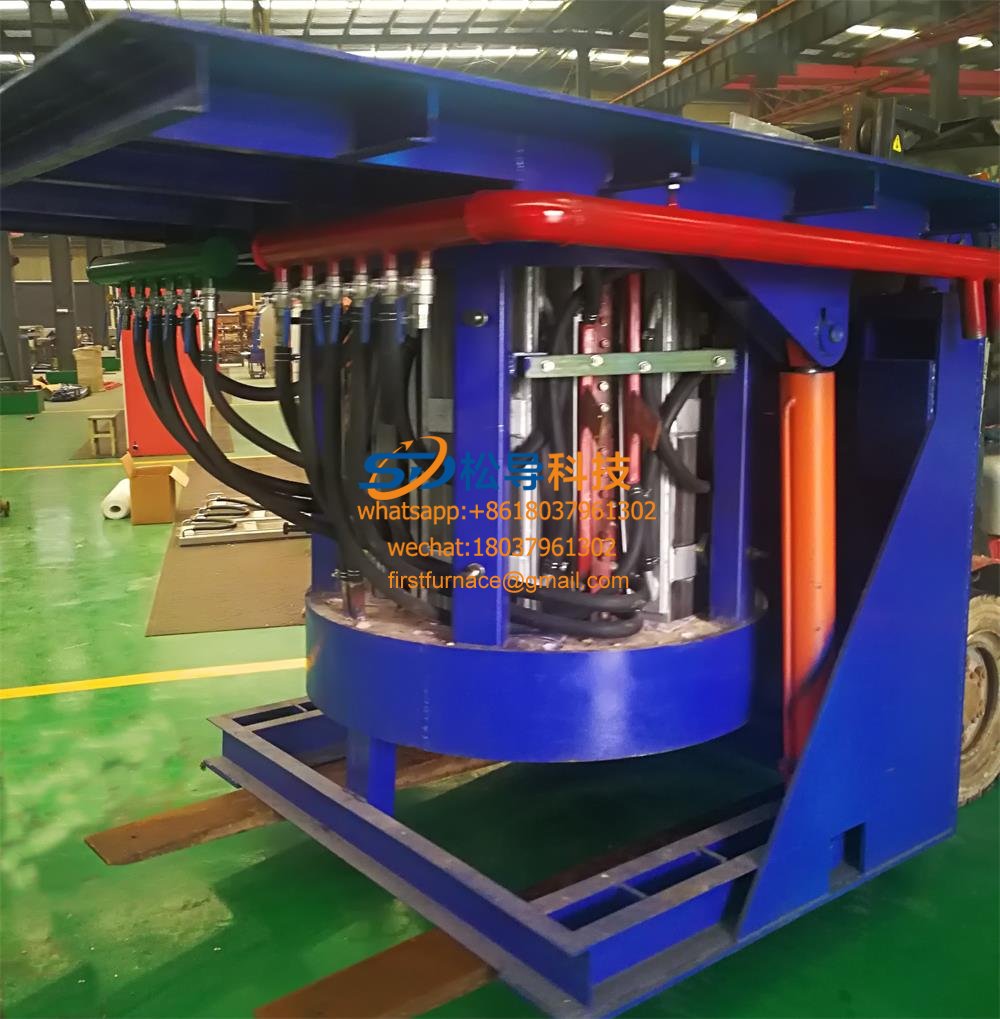
2T Series Intermediate Frequency Furnace
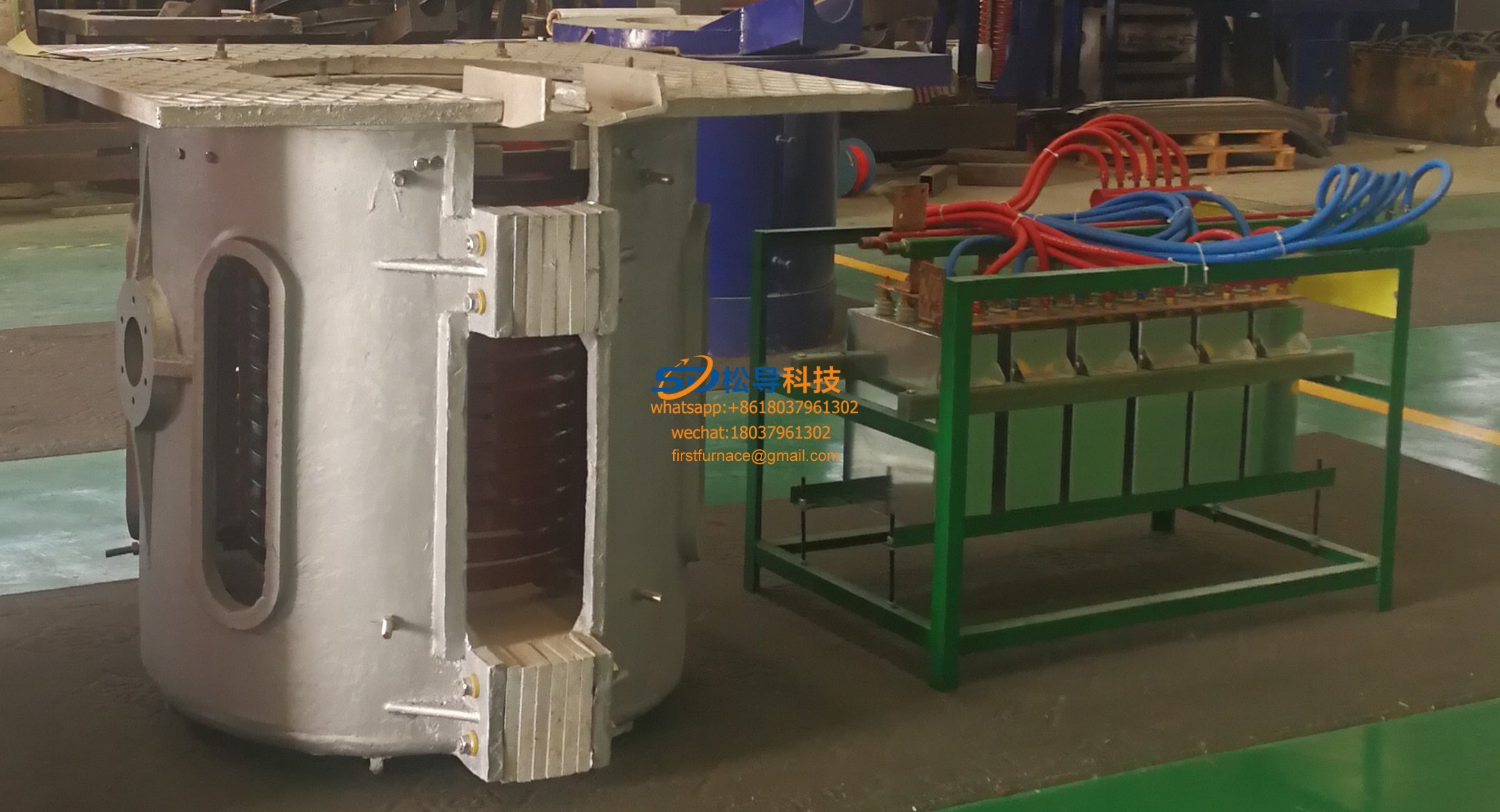
1T Series Intermediate Frequency Furnace
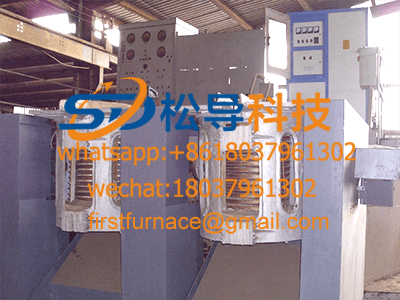
0.5T Series Intermediate Frequency Furna

0.25T Series Intermediate Frequency Furn

1T Parallel Intermediate Frequency Furna
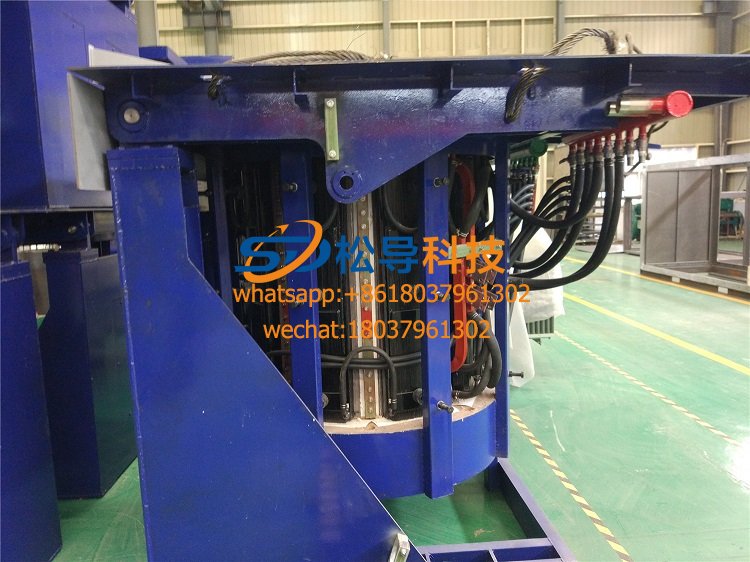
2T Parallel Intermediate Frequency Furna
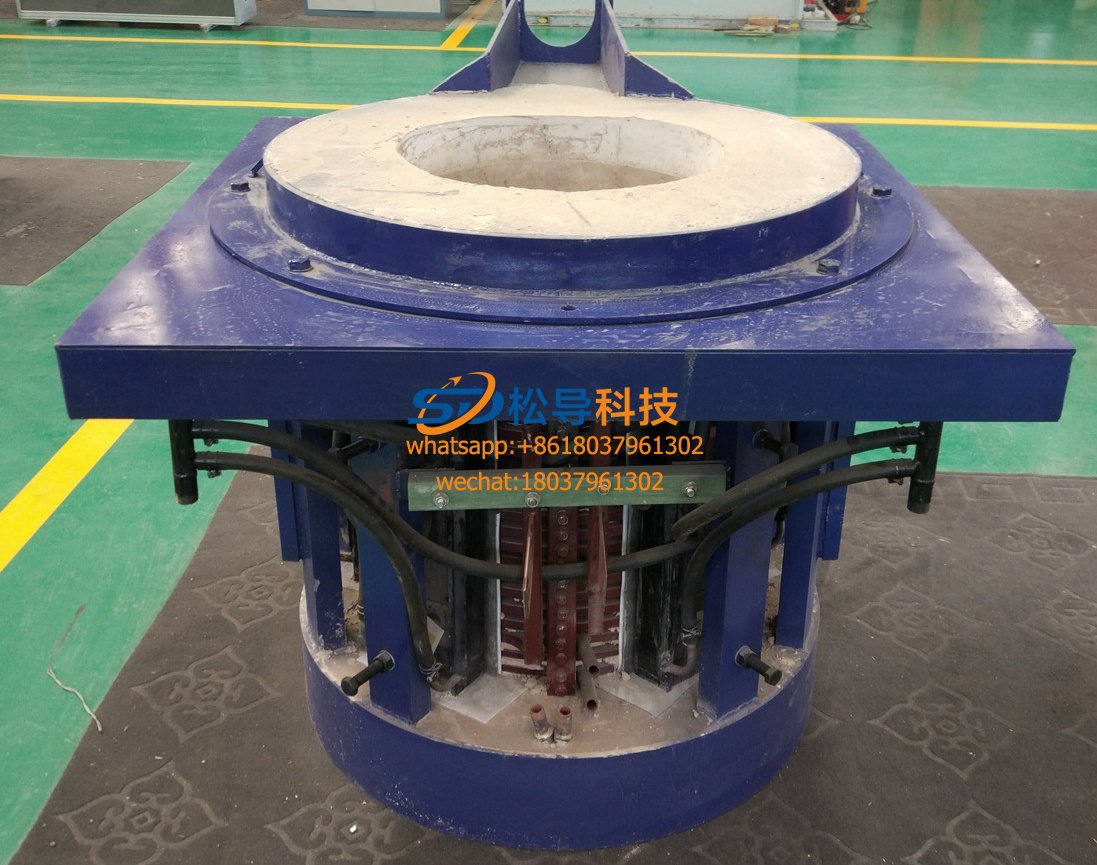
0.5T Parallel Intermediate Frequency Fur






